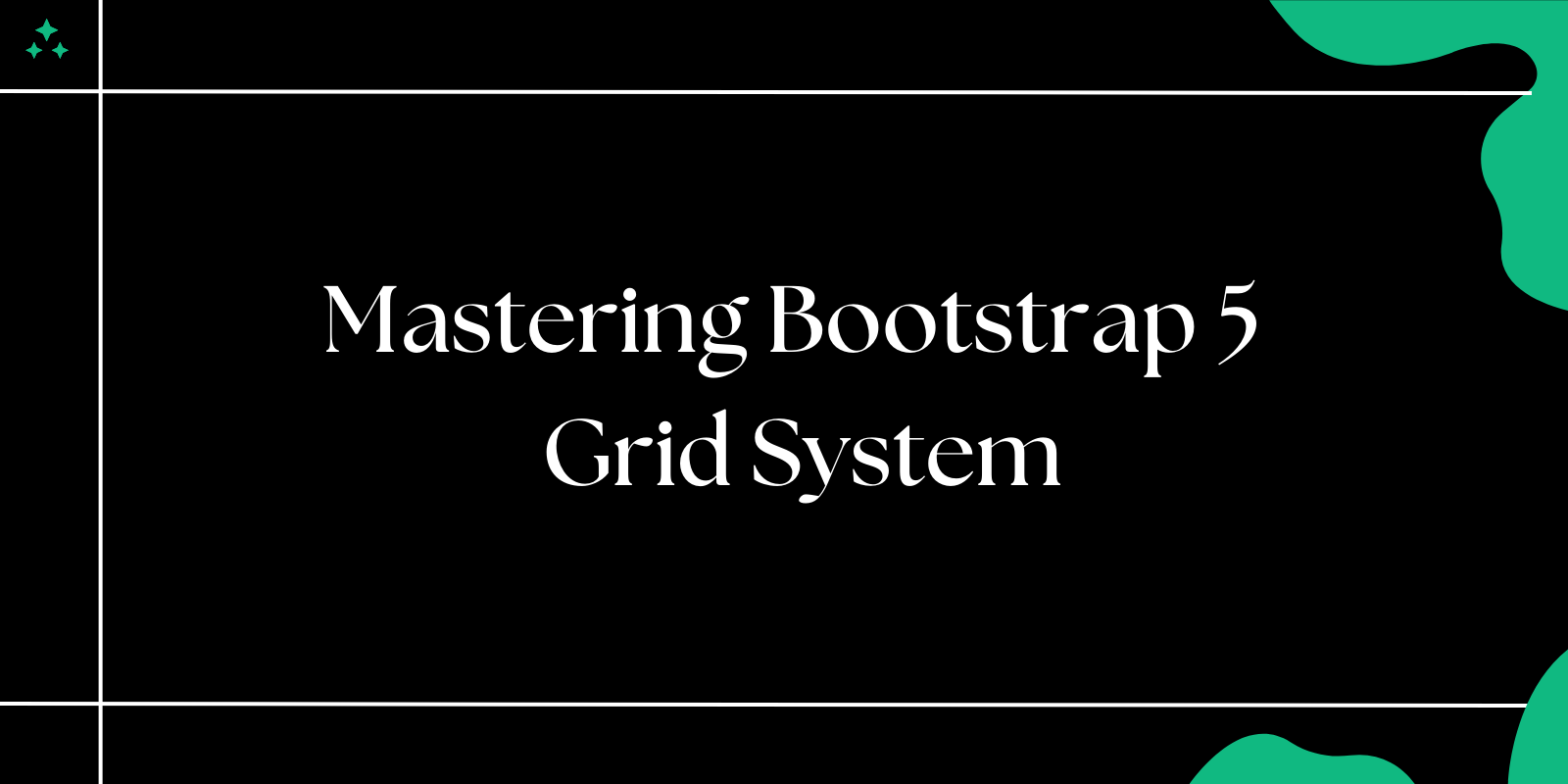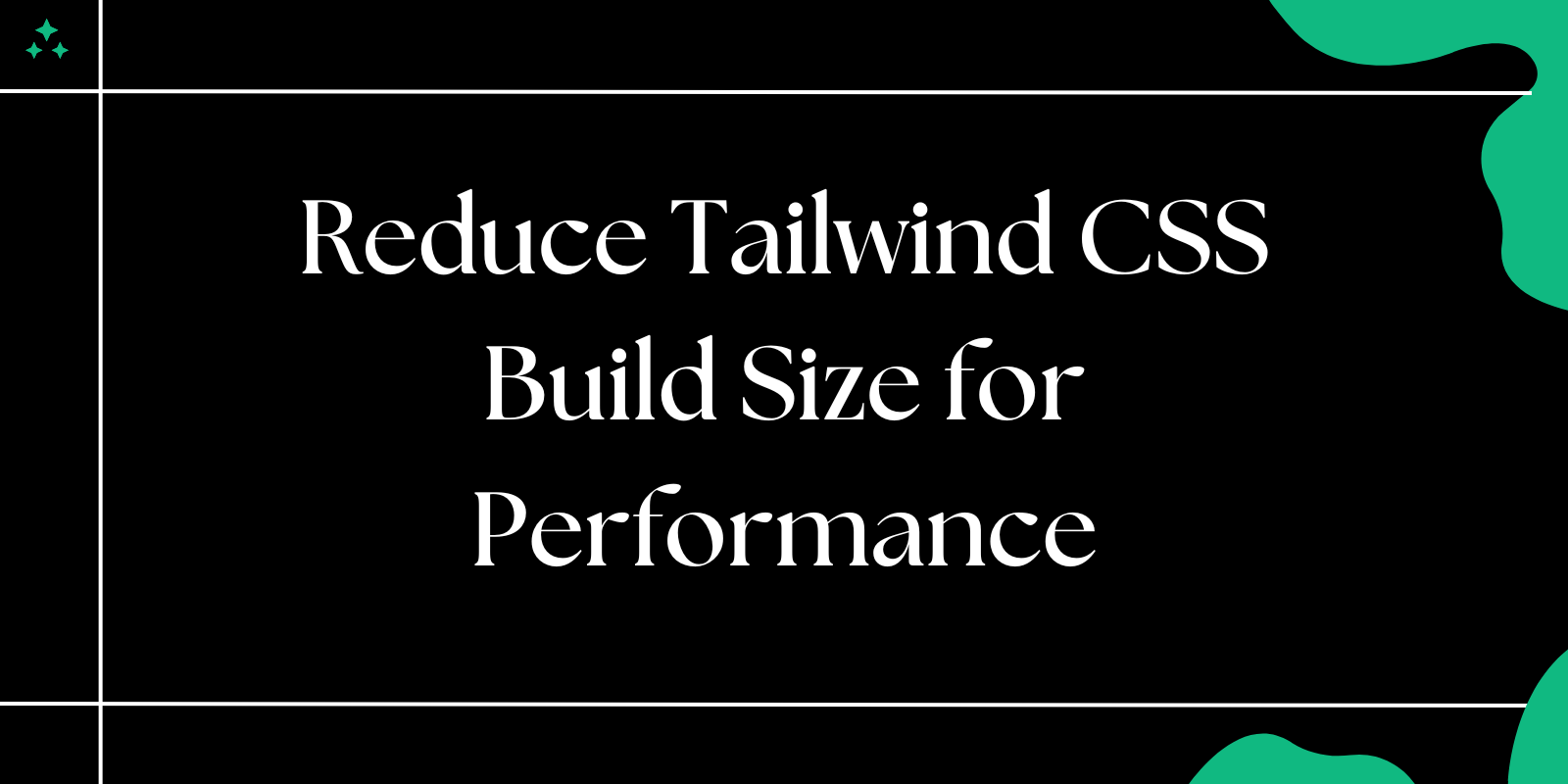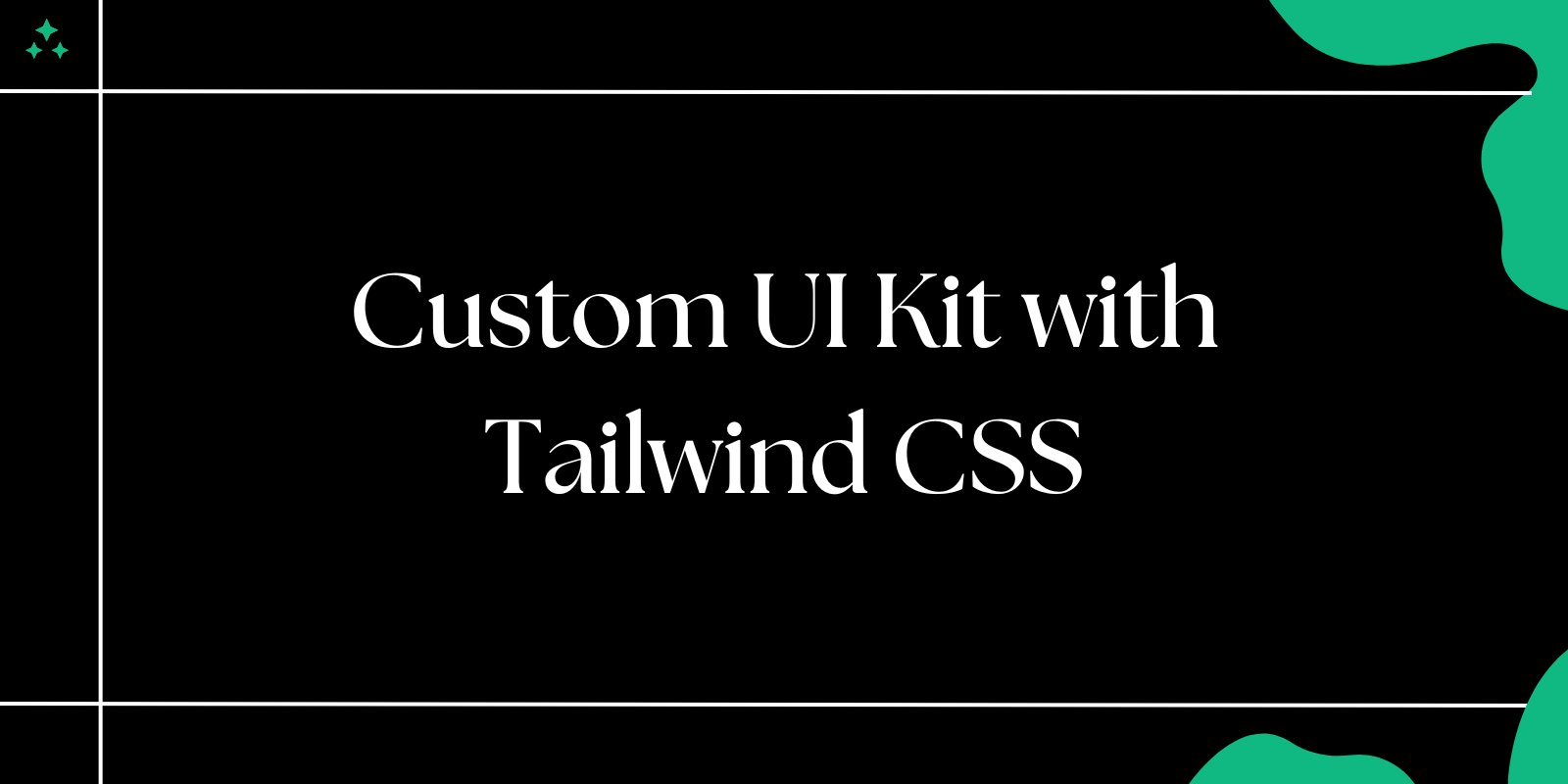Introduction
Responsive design forms the foundation of modern web development, allowing websites to adapt fluidly across devices of all sizes. Bootstrap 5's grid system provides developers with a powerful, flexible framework to create responsive layouts efficiently. This guide explores the essential components, features, and advanced techniques of Bootstrap's grid system to help you build websites that look great on everything from smartphones to large desktop monitors.
Key Features of Bootstrap 5's Grid System
- Flexbox Foundation: Built entirely on CSS Flexbox, providing superior alignment capabilities, more intuitive distribution of space, and better support for dynamic content
- 12-Column Structure: Offers a versatile 12-column grid that accommodates nearly any layout design, allowing for precise control over element sizing and positioning
- Five Responsive Breakpoints: Supports
xs(extra small, <576px),sm(small, ≥576px),md(medium, ≥768px),lg(large, ≥992px), andxl(extra large, ≥1200px) to target different device sizes with specific layout adjustments - Auto-Layout Columns: Intelligently adjusts column widths based on content, simplifying layouts where exact column widths aren't necessary
- Nested Grid Support: Enables creating grids within grids for complex layout requirements and component organization
- Column Ordering: Allows visual reordering of content independently from the HTML source order, enhancing accessibility and responsive design
Getting Started with Bootstrap 5
CDN Implementation
For quick implementation without downloading files, add Bootstrap via CDN:
<!DOCTYPE html>
<html lang="en">
<head>
<meta charset="UTF-8">
<meta name="viewport" content="width=device-width, initial-scale=1.0">
<title>Bootstrap 5 Grid System</title>
<link href="https://cdn.jsdelivr.net/npm/bootstrap@5.3.0/dist/css/bootstrap.min.css" rel="stylesheet">
</head>
<body>
<!-- Your content here -->
<script src="https://cdn.jsdelivr.net/npm/bootstrap@5.3.0/dist/js/bootstrap.bundle.min.js"></script>
</body>
</html>
Package Manager Installation
For more control and integration with build systems, install via npm:
npm install bootstrap
Then import in your JavaScript:
// Import all of Bootstrap's JS
import * as bootstrap from 'bootstrap'
// Or import only what you need
import { Dropdown, Tooltip } from 'bootstrap'
Grid System Architecture
The Bootstrap grid consists of three core components that work together to create responsive layouts:
1. Container
Containers provide consistent padding, centering, and sometimes maximum width constraints for your content. Bootstrap offers two main container types:
.container: Fixed-width container that has a different max-width at each breakpoint, centered in the viewport.container-fluid: Full-width container spanning the entire viewport width (100%).container-{breakpoint}: Responsive containers that are 100% wide until the specified breakpoint is reached
Example:
<div class="container">
<!-- Fixed-width, centered content -->
</div>
<div class="container-fluid">
<!-- Full-width content -->
</div>
<div class="container-lg">
<!-- 100% width until lg breakpoint, then fixed-width -->
</div>
2. Rows
Rows group columns together and manage horizontal spacing:
- Use
.rowto create a new row of columns - Rows utilize negative margins to offset container padding and ensure proper alignment
- Rows act as flex containers for columns, enabling flexbox alignment properties
.row-cols-*classes can specify how many equal-width columns should appear per row
Example:
<div class="row">
<!-- Columns go here -->
</div>
<div class="row row-cols-2">
<!-- Creates a row with 2 equal columns -->
<div class="col">Column 1</div>
<div class="col">Column 2</div>
</div>
3. Columns
Columns define the actual content areas within the grid:
- Basic columns use
.colclass for equal-width, automatically sized columns - Specific width columns use numbered classes like
.col-4(spans 4 out of 12 units) - Responsive columns use breakpoint prefixes like
.col-md-6(6 units on medium screens and up) .col-autocreates a column that's only as wide as its content
Example with mixed column widths:
<div class="container">
<div class="row">
<div class="col-4">33.33% width</div>
<div class="col-8">66.67% width</div>
</div>
</div>
Responsive Breakpoint System In Detail
Bootstrap's five breakpoints enable tailored designs for various screen sizes, allowing for precise control over how layouts adapt:
| Breakpoint | Class Prefix | Min Width | Target Devices | Container Width |
|---|---|---|---|---|
| Extra Small | .col | <576px | Portrait phones | 100% |
| Small | .col-sm | ≥576px | Landscape phones | 540px |
| Medium | .col-md | ≥768px | Tablets | 720px |
| Large | .col-lg | ≥992px | Desktops | 960px |
| Extra Large | .col-xl | ≥1200px | Large desktops | 1140px |
| XXL | .col-xxl | ≥1400px | Larger desktops | 1320px |
Understanding Breakpoint Behavior
Breakpoint classes apply from the specified breakpoint and up, not just at that specific screen size. For example, .col-md-6 means "take up 6 columns on medium screens and larger" (unless overridden by larger breakpoint classes).
Multi-Breakpoint Responsive Layout Example
<div class="container">
<div class="row">
<!-- Full width on extra small, 50% on small, 33.3% on medium+ -->
<div class="col-12 col-sm-6 col-md-4">
<div class="p-3 border bg-light">Column 1</div>
</div>
<div class="col-12 col-sm-6 col-md-4">
<div class="p-3 border bg-light">Column 2</div>
</div>
<div class="col-12 col-sm-12 col-md-4">
<div class="p-3 border bg-light">Column 3</div>
</div>
</div>
</div>
This creates a layout that:
- Stacks all columns vertically on mobile phones (< 576px)
- Shows columns 1 and 2 side-by-side with column 3 underneath on small devices (≥576px)
- Shows all three columns side-by-side on medium devices and larger (≥768px)
Advanced Grid Techniques
Column Offsetting
Create space between columns with offset classes to shift columns to the right:
<div class="row">
<div class="col-md-4">Column 1</div>
<div class="col-md-4 offset-md-4">Column 2 (with offset)</div>
</div>
In this example, the second column has 4 columns of space before it, creating a gap between the columns.
Column Ordering
Change the visual order of columns without changing the HTML structure:
<div class="row">
<div class="col-md-4 order-md-2">Displays second on medium screens</div>
<div class="col-md-4 order-md-3">Displays third on medium screens</div>
<div class="col-md-4 order-md-1">Displays first on medium screens</div>
</div>
Nested Grids
Create more complex layouts by nesting grid components:
<div class="row">
<div class="col-md-8">
<div class="row">
<div class="col-md-6">Nested column 1</div>
<div class="col-md-6">Nested column 2</div>
</div>
</div>
<div class="col-md-4">Sidebar</div>
</div>
This creates a main content area (8 columns wide) with two equal nested columns inside it, alongside a 4-column sidebar.
Auto-Width Columns
Let columns automatically determine their width based on content:
<div class="row">
<div class="col">Auto column (expands to fill available space)</div>
<div class="col-auto">Auto column (only as wide as its content)</div>
<div class="col">Auto column (expands to fill available space)</div>
</div>
Alignment Options
Control vertical alignment within rows:
<!-- Align columns to the top of the row -->
<div class="row align-items-start">
<div class="col">Top-aligned column</div>
</div>
<!-- Align columns to the center of the row -->
<div class="row align-items-center">
<div class="col">Center-aligned column</div>
</div>
<!-- Align columns to the bottom of the row -->
<div class="row align-items-end">
<div class="col">Bottom-aligned column</div>
</div>
Control horizontal alignment:
<!-- Justify columns to the start of the row -->
<div class="row justify-content-start">
<div class="col-4">Start-justified column</div>
</div>
<!-- Justify columns to the center of the row -->
<div class="row justify-content-center">
<div class="col-4">Center-justified column</div>
</div>
<!-- Justify columns to the end of the row -->
<div class="row justify-content-end">
<div class="col-4">End-justified column</div>
</div>
Practical Layout Examples
Responsive Image Gallery
<div class="container">
<div class="row g-4">
<div class="col-6 col-md-4 col-lg-3">
<img src="image1.jpg" class="img-fluid rounded" alt="Gallery Image 1">
</div>
<div class="col-6 col-md-4 col-lg-3">
<img src="image2.jpg" class="img-fluid rounded" alt="Gallery Image 2">
</div>
<div class="col-6 col-md-4 col-lg-3">
<img src="image3.jpg" class="img-fluid rounded" alt="Gallery Image 3">
</div>
<div class="col-6 col-md-4 col-lg-3">
<img src="image4.jpg" class="img-fluid rounded" alt="Gallery Image 4">
</div>
<!-- Additional gallery items -->
</div>
</div>
This gallery shows:
- 2 images per row on phones (each 50% width)
- 3 images per row on tablets (each 33.33% width)
- 4 images per row on desktops (each 25% width)
Blog Layout with Sidebar
<div class="container">
<div class="row g-5">
<div class="col-lg-8">
<!-- Main content area -->
<article>
<h2>Article Title</h2>
<p class="text-muted">Posted on March 2, 2025</p>
<img src="featured-image.jpg" class="img-fluid mb-4" alt="Featured Image">
<p>Blog post content goes here. This area takes up 8/12 columns on large screens...</p>
<!-- More content -->
</article>
<!-- Related posts in a nested grid -->
<h3 class="mt-5">Related Posts</h3>
<div class="row row-cols-1 row-cols-md-2 g-4">
<div class="col">
<div class="card">
<img src="related1.jpg" class="card-img-top" alt="Related Post 1">
<div class="card-body">
<h5 class="card-title">Related Post Title</h5>
<p class="card-text">Short excerpt from the related post...</p>
<a href="#" class="btn btn-primary">Read More</a>
</div>
</div>
</div>
<!-- More related posts -->
</div>
</div>
<div class="col-lg-4">
<!-- Sidebar -->
<aside class="ps-lg-4 border-start">
<div class="mb-4">
<h4>About</h4>
<p>Short blog description goes here...</p>
</div>
<div class="mb-4">
<h4>Categories</h4>
<ul class="list-unstyled">
<li><a href="#">Category 1</a></li>
<li><a href="#">Category 2</a></li>
<!-- More categories -->
</ul>
</div>
<div class="mb-4">
<h4>Popular Posts</h4>
<!-- List of popular posts -->
</div>
</aside>
</div>
</div>
</div>
Dashboard Layout
<div class="container-fluid">
<div class="row">
<!-- Sidebar navigation -->
<div class="col-md-3 col-xl-2 bg-light p-3 min-vh-100">
<h5 class="text-muted">Dashboard</h5>
<ul class="nav flex-column">
<li class="nav-item"><a href="#" class="nav-link active">Overview</a></li>
<li class="nav-item"><a href="#" class="nav-link">Analytics</a></li>
<li class="nav-item"><a href="#" class="nav-link">Reports</a></li>
<li class="nav-item"><a href="#" class="nav-link">Settings</a></li>
</ul>
</div>
<!-- Main dashboard content -->
<div class="col-md-9 col-xl-10 p-4">
<h2 class="mb-4">Dashboard Overview</h2>
<!-- Stats cards in a responsive grid -->
<div class="row row-cols-1 row-cols-md-2 row-cols-xl-4 g-4 mb-5">
<div class="col">
<div class="card border-0 bg-light">
<div class="card-body">
<h5 class="card-title">Total Users</h5>
<h2 class="card-text">8,942</h2>
<p class="text-success">↑ 12% from last month</p>
</div>
</div>
</div>
<!-- More stat cards -->
</div>
<!-- Charts section in a 2-column layout -->
<div class="row g-4">
<div class="col-lg-8">
<div class="card">
<div class="card-header">
User Growth
</div>
<div class="card-body">
<!-- Chart visualization would go here -->
<div style="height: 300px; background-color: #f8f9fa;">Chart Placeholder</div>
</div>
</div>
</div>
<div class="col-lg-4">
<div class="card">
<div class="card-header">
Traffic Sources
</div>
<div class="card-body">
<!-- Pie chart would go here -->
<div style="height: 300px; background-color: #f8f9fa;">Pie Chart Placeholder</div>
</div>
</div>
</div>
</div>
</div>
</div>
</div>
Best Practices for Grid Implementation
- Adopt a Mobile-First Approach: Design for mobile devices first, then progressively enhance for larger screens using breakpoint-specific classes
- Use Row-Cols Classes: Simplify equal-width column layouts with
.row-cols-*classes:
<!-- Creates a row with 2 columns on mobile, 3 on medium, 4 on large -->
<div class="row row-cols-2 row-cols-md-3 row-cols-lg-4">
<div class="col">Item 1</div>
<div class="col">Item 2</div>
<!-- More items -->
</div>
- Leverage Bootstrap's Gutter Control: Use
.g-*,.gx-*, and.gy-*classes to control spacing between columns:
<!-- Row with larger horizontal gutters and smaller vertical gutters -->
<div class="row gx-5 gy-2">
<div class="col-6">
<div class="p-3 border">Custom column padding</div>
</div>
<!-- More columns -->
</div>
- Test Across Devices: Regularly test your layouts across different viewport sizes using browser developer tools or real devices
- Avoid Unnecessary Nesting: Keep your grid structure as flat as possible for better performance and easier maintenance
- Combine with Flexbox Utilities: Use Bootstrap's flex utilities for additional layout control:
<div class="row">
<div class="col d-flex justify-content-between align-items-center">
<div>Left content</div>
<div>Right content</div>
</div>
</div>
- Use Semantic HTML Within Grid: Maintain proper HTML semantics inside your grid structure:
<div class="container">
<div class="row">
<main class="col-lg-8">
<article>Main content</article>
</main>
<aside class="col-lg-4">
Sidebar content
</aside>
</div>
</div>
- Don't Forget Bootstrap's Other Layout Tools: Combine the grid with other layout tools like
.d-noneand.d-md-blockfor showing/hiding elements at specific breakpoints
Conclusion
Bootstrap 5's grid system provides a comprehensive solution for creating responsive layouts with minimal effort. By understanding its architecture, breakpoints, and advanced techniques, developers can build professional, adaptable designs that work seamlessly across all devices.
The power of Bootstrap's grid system lies in its flexibility-it can be as simple or as complex as your project requires. For most projects, starting with a basic understanding of containers, rows, and columns is sufficient, but mastering the advanced features will give you the tools to tackle even the most challenging layout requirements.
As you continue exploring Bootstrap, experiment with combining the grid system with other components like cards, forms, and navigation elements to create rich, interactive user experiences that look great on every device.



